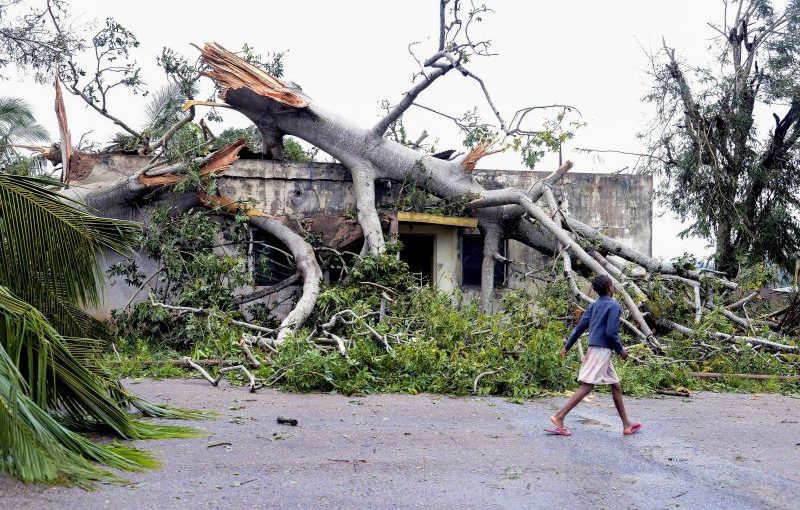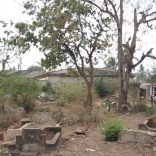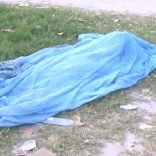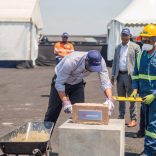Mozambique: Man killed in N4 hit-and-run
Passing days reveal scale of destruction on mainland Cabo Delgado and Ibo island

Macomia. Photo: Lusa
The 18th century fortress of São João Baptista on the island of Ibo in northern Mozambique has been transformed into one of the accommodation centres for people left homeless by Cyclone Kenneth.
Over 4,000 houses have been destroyed on the island and 3,000 families rendered homeless, Ibo administrator Issa Tarmamade told Augusta Maíta, the director general of the National Institute for Disaster Management (INGC) in Mozambique on Saturday.
Maita’s visit to the fortress, one of the shelter points for many distressed families on the island, was captured in a video about the INGC’s visit circulating on social networks (below).
The island is part of the Quirimbas archipelago and was the capital of Cabo Delgado until the beginning of the 20th century.
It has been one of the areas hardest hit by the cyclone and is still difficult to reach not only because of sea conditions, but also because of the difficulty of accessing mainland transit points.
The island has no electricity or mobile communications service, and the INGC video shows partially destroyed houses, both masonry and traditional, with many walls toppled and the streets littered with fallen trees.
Three days after the passage of Cyclone Kenneth, the destruction visited upon the communities and villages in Cabo Delgado is becoming apparent as dirt roads closed by fallen trees are reopened and humanitarian operations get under way.
“We just got back from a fly-over of the area affected by Cyclone Kenneth in Cabo Delgado, and we are heartbroken by the level of destruction we saw. The area looks like it’s been crushed by a compacting machine,” Gema Connell, the head of the United Nations humanitarian arm (OCHA), said on Saturday after a flight.
One of these places is Muangamula, in Macomia district on the mainland, where a few hundred people live. Sixty-eight-year-old Faustino Ponda’s adobe home was the first of a row of dwellings would soon to be transformed into a continuous line of rubble.
“On the night of the cyclone all the houses collapsed. There was a lot of noise and the sheets [of zinc] flew off through the air into the darkness,” an invisible threat to those seeking shelter, he told Lusa.
In just three hours, between 7:00 and 10:00 p.m. the thunderstorm destroyed everything, he said.
“We were afraid, indeed we were, and ran back and forth trying to escape from the cyclone,” a noisy and powerful force. “People lay down anywhere remotely hidden, just trying to make it through [unharmed].”
Raimundo Macomia, 32 years old, lived in another row of houses in the village, and will not easily forget running just anywhere in the hope of escaping the danger.
“The zinc sheets flying about was a sign” of the destruction to come, he said.
In Muangamula, residents are still asking anyone they can find if the cyclone “is finished”, or whether it may yet return, such is the fear inculcated by their recent experience.
Apart from Ibo and Macomia, the main damage has been in the Quissanga and Quiterajo districts.
Cyclone Kenneth was the first to reach northern Mozambique since records began. It killed at least five people, according to official figures, but damage still being assessed in more remote areas.
Nearly 3,500 homes were partially or totally destroyed, and at least 16,000 people were affected by the cyclone. There are more than 18,000 people in the 22 accommodation centres currently in operation.
Moçambique/ciclones: A tentar sonhar depois de mais um pesadelo… nas ruas de Macomia. #CycloneKenneth #Mozambique pic.twitter.com/cct9dqQGB6
— Luís Fonseca (@LuisMBFonseca) April 28, 2019












Leave a Reply
Be the First to Comment!
You must be logged in to post a comment.
You must be logged in to post a comment.